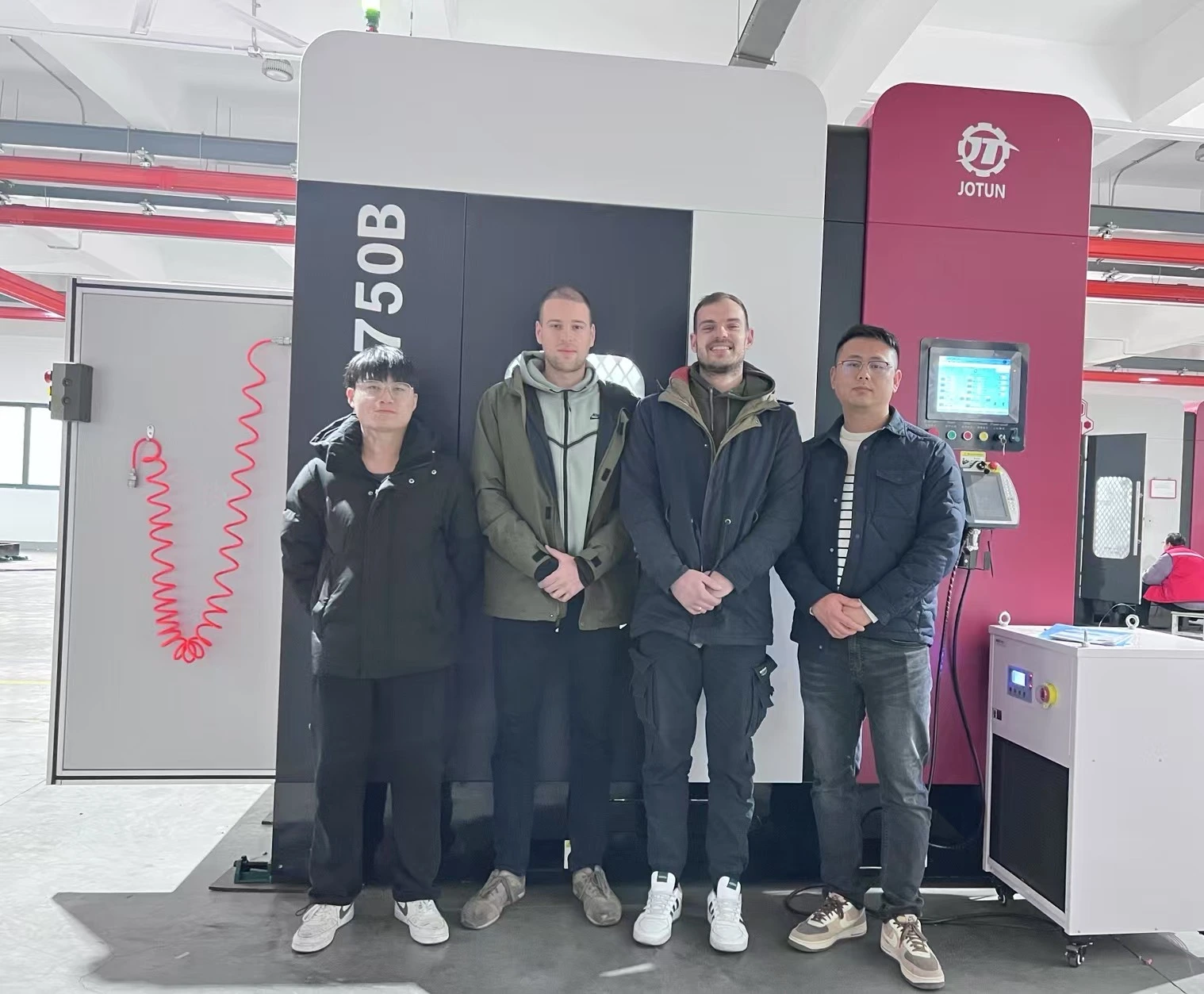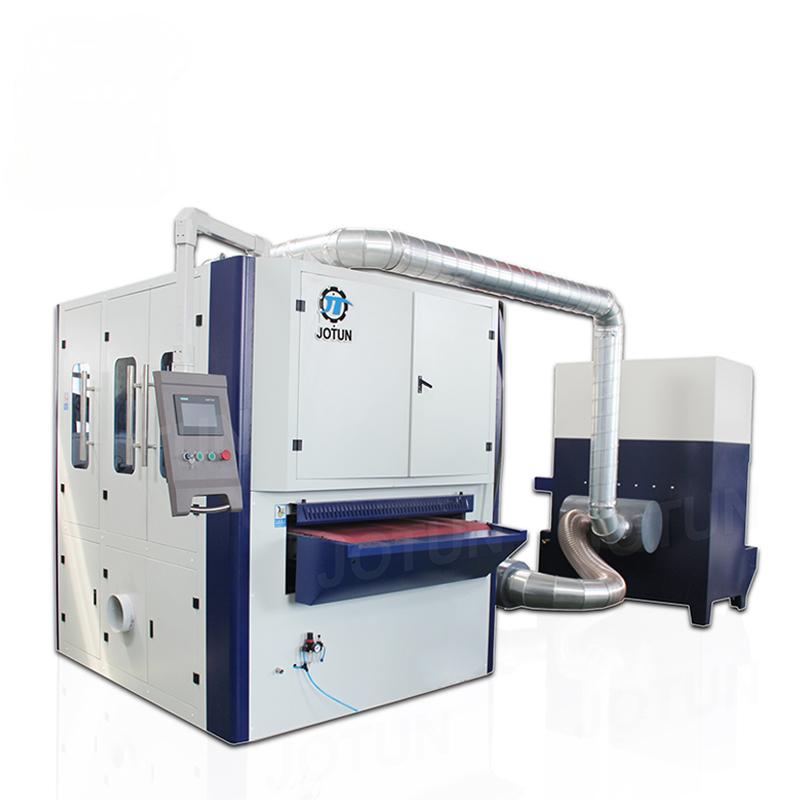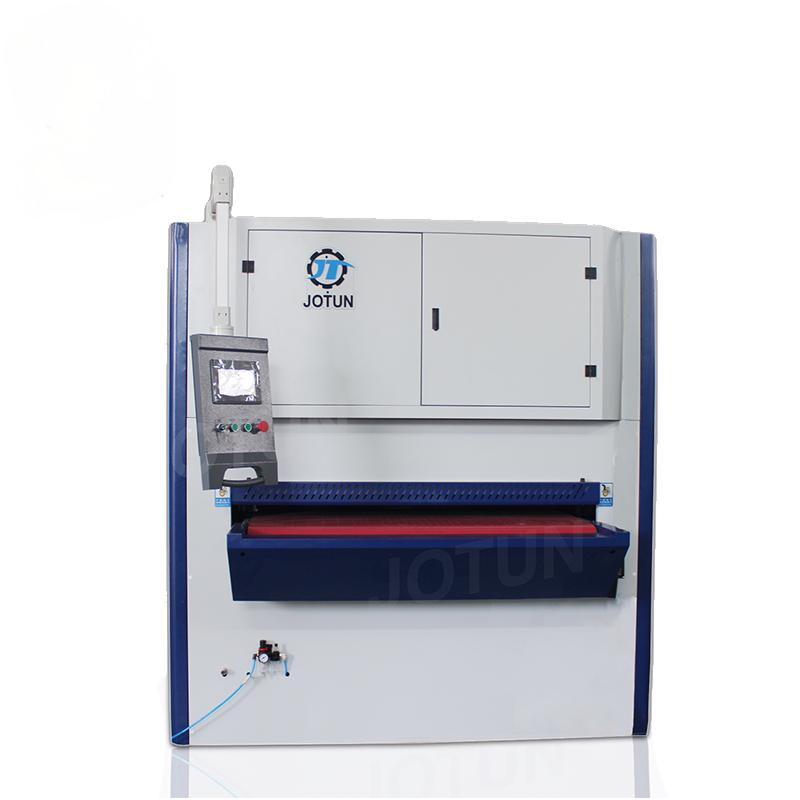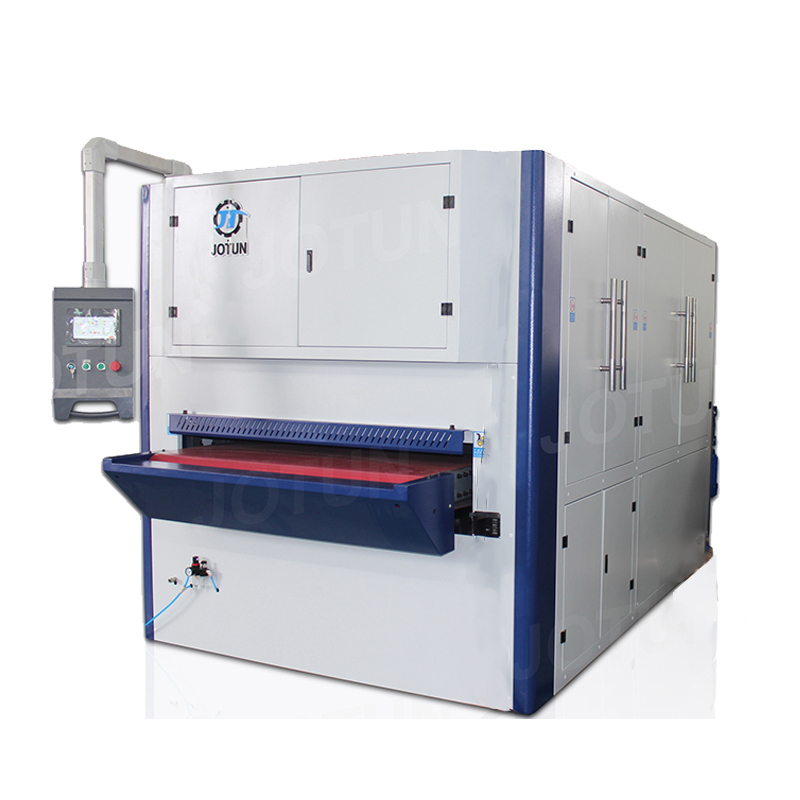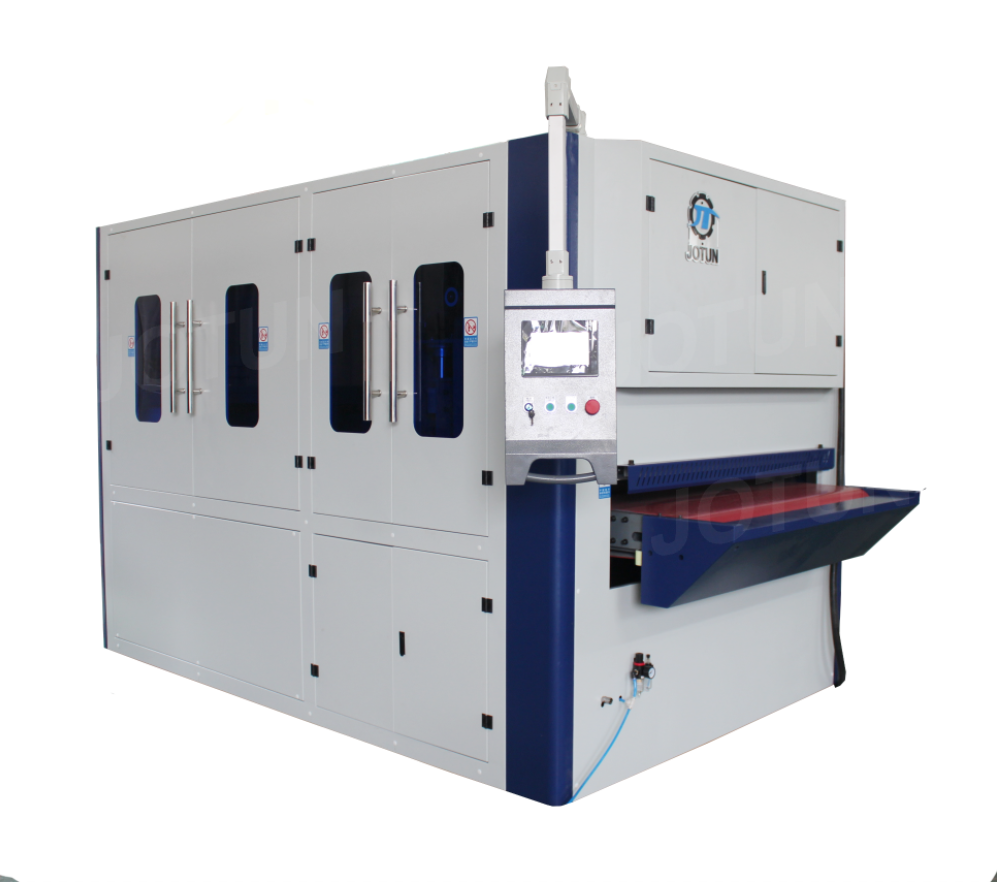Deburring machines play a critical role in manufacturing by smoothing rough edges and surfaces of metal, plastic, and other materials. To ensure these machines operate at peak efficiency and longevity, proper maintenance and regular cleaning are paramount. Here’s a comprehensive guide to help you keep your deburring machine in top condition:
Understanding Your Deburring Machine
Deburring machines come in various types, including vibratory deburrers, tumblers, and centrifugal deburring machines. Each type has specific components and functions that require careful maintenance to avoid premature wear and downtime.
Regular Cleaning Procedures
Daily Cleaning Routine:
Start each day by removing debris, chips, and swarf from the machine’s interior and exterior surfaces.
Use a brush or vacuum to clear dust and particles from the machine’s nooks and crannies.
Wipe down external surfaces with a clean cloth to prevent buildup and corrosion.
Weekly Cleaning Schedule:
Conduct a more thorough cleaning of the machine’s interior components.
Use compressed air to blow out dust and debris from hard-to-reach areas, such as cooling vents and electrical components.
Inspect and clean filters and screens to maintain proper airflow and cooling efficiency.
Lubrication and Greasing
Regularly lubricate moving parts as recommended by the manufacturer.
Use high-quality lubricants suitable for the specific components of your deburring machine.
Lubrication helps reduce friction, wear, and noise while extending the life of bearings, shafts, and gears.
Inspection and Maintenance Checks
Follow the maintenance schedule provided by the manufacturer to perform routine checks and adjustments.
Inspect belts, bearings, and seals for signs of wear, corrosion, or damage.
Tighten loose bolts and fasteners to ensure structural integrity and prevent vibrations.
Safety Checks
Always disconnect the machine from power before performing any maintenance or cleaning tasks.
Wear appropriate personal protective equipment (PPE), including gloves and safety glasses, when handling chemicals or cleaning agents.
Troubleshooting and Repairs
Monitor the machine for signs of abnormal operation, such as uneven deburring or excessive noise.
Promptly address any issues by diagnosing the root cause and performing necessary repairs or adjustments.
Consult the machine’s manual or contact the manufacturer for guidance on troubleshooting specific problems.
Training and Operator Awareness
Train machine operators on proper cleaning and maintenance procedures.
Encourage operators to conduct regular inspections and report any anomalies or concerns promptly.
Foster a culture of proactive maintenance to prevent costly repairs and minimize downtime.
Conclusion
Maintaining and cleaning your deburring machine not only ensures its longevity but also enhances operational efficiency and safety. By following these essential tips and integrating them into your maintenance routine, you can maximize the lifespan of your deburring machine and optimize its performance in manufacturing processes.



